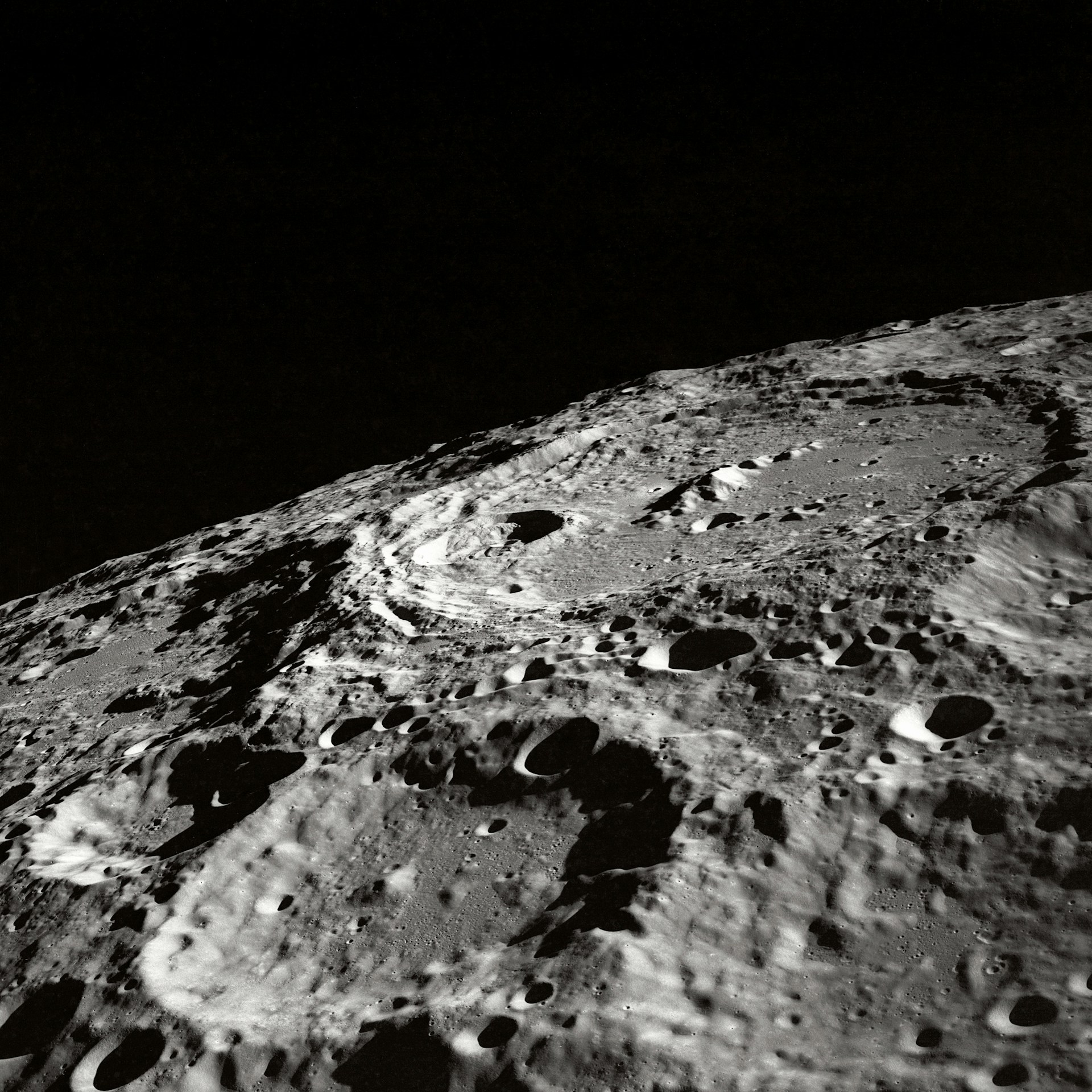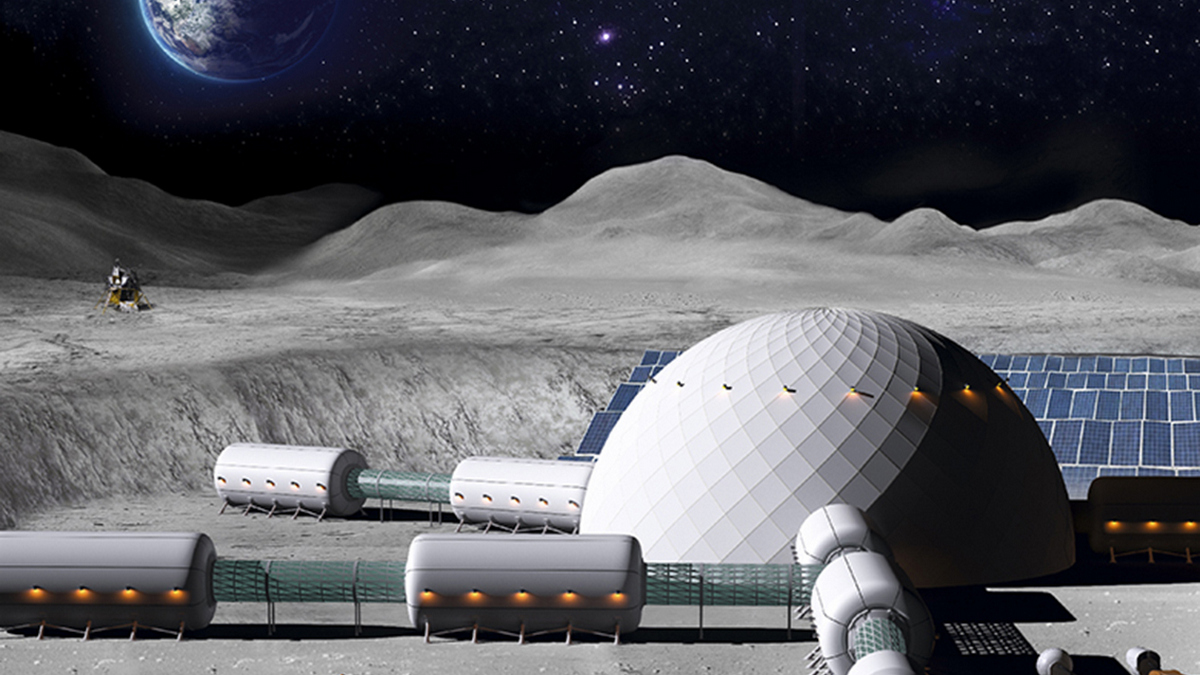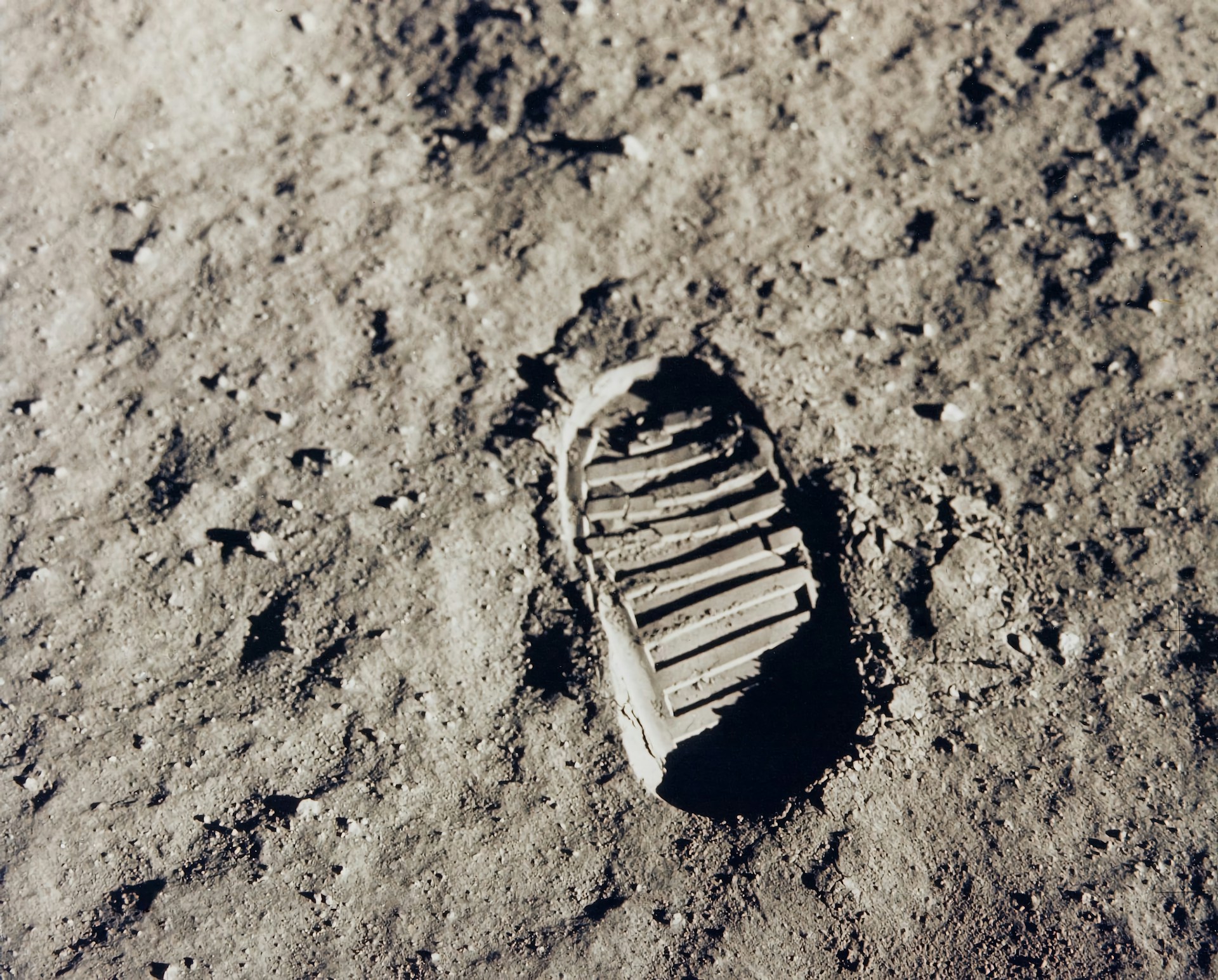The finely dispersed material of the lunar surface, known as regolith, is very similar in structure to talc. This material, consisting of crushed volcanic rock, not only can pose a threat to the health of astronauts and their equipment, but also has great potential for use. Regolith can serve as a building material for roads, landing sites and shelters for future colonies on the Moon. Scientists are actively exploring its possible applications in various fields.

In 1969, Armstrong and Aldrin became the first people to set foot on the moon. Their footprints have remained intact for 55 years due to the absence of weather conditions and fine regolith, which has preserved the footprints in perfect condition. These traces are likely to remain on the Moon in the future, when humanity will populate it.
But building an outpost on the surface of the Moon is quite a costly task, especially if the necessary building materials are delivered from Earth at a distance of a third of a million kilometers. Therefore, in order to reduce the cost of building future lunar bases, teams of engineers and scientists are studying what materials can be obtained on site, rather than transported from Earth.

Due to this purpose, so much attention is paid to the fine regolith. Mineralogist Mineralogist of Northwestern University has received funding from NASA’s Marshall Space Flight Center to study whether it can be used as a building material. In addition, NASA collaborates with ICON Technology to explore construction technologies using resources found on the Moon.
3D printing may play a role in the approach to building housing on the moon. It is already being used by ICON and other companies to build houses on the Earth. The application of 3D technologies on the Moon using lunar raw materials may be one of the solutions.

One of the first priorities would be to create an appropriate permanent landing site on the Moon. Without this, each time the lander arrives, the shallow regolith will rise and be disturbed, and may well harm other equipment nearby. The particles can be quite sharp, so they can be quite abrasive to the equipment.
Another unresolved problem is that lunar regolith samples can vary significantly depending on where they are collected from. Therefore, Jacobsen’s task is to find out the building potential of this material.
Earlier, we reported on how and which material would best protect against radiation on Mars.
According to universetoday.com
Follow us on Twitter to get the most interesting space news in time
https://twitter.com/ust_magazine


